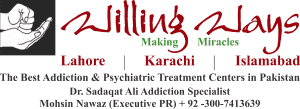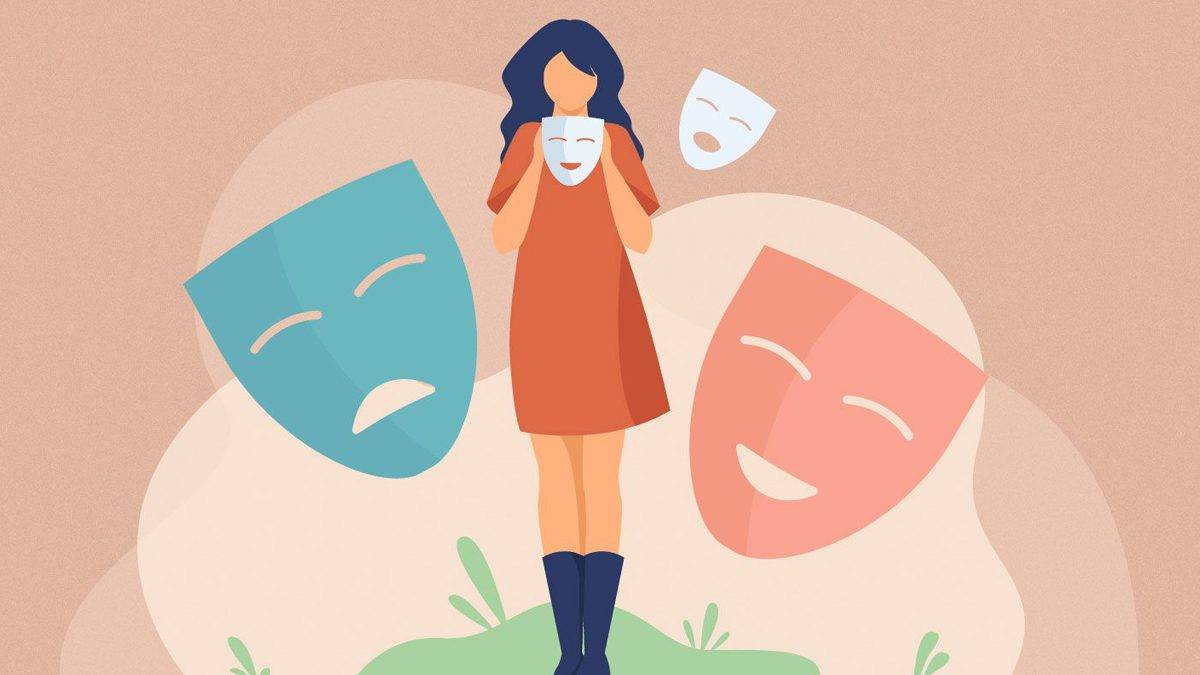Teenagers are naturally inclined to push boundaries as part of their developmental journey. Early childhood compliance often shifts into defiance as cognitive abilities, abstract thinking, and emotional complexity grow. In environments where family stability is compromised, such as during a divorce, rebellious tendencies may increase, making teens more susceptible to risky behaviors like substance use.
Understanding Bipolar Disorder and Substance Abuse
Bipolar disorder is characterized by extreme mood swings, from depressive lows to manic highs. For teens living with this condition, self-medication with illicit drugs is common, leading to worsened symptoms and complicated treatment outcomes. Marijuana, alcohol, and other substances may temporarily ease emotional pain or fuel manic energy, but they ultimately exacerbate the disorder.
Why Teens with Bipolar Disorder Turn to Drugs
- Self-Medication: Teens may use marijuana to numb depression or stimulants like cocaine to gain energy. Alcohol often serves as a social lubricant or a means to escape their emotional turmoil.
- Poor Judgment During Mania: In a manic state, impulsive decision-making leads to indiscriminate substance use, regardless of long-term consequences.
The Challenge of Treating Bipolar Teens with Substance Use Disorders
Effective treatment requires complete abstinence from drugs and alcohol. Without sobriety, it’s nearly impossible to stabilize moods or manage symptoms effectively. However, once substance use is controlled, standard bipolar treatments, including mood-stabilizing medication, psychotherapy, and lifestyle modifications, can lead to significant improvement.
Why Medical Treatment Differs from Drug Use
Some question why medications like Lithium or Abilify are recommended while cannabis and alcohol are discouraged. Unlike recreational drugs, prescription medications are thoroughly tested, regulated, and administered under medical supervision to target specific imbalances without worsening the disorder.
Five Risks of Self-Medicating Bipolar Disorder
- False Stability: The temporary relief felt during manic episodes may seem beneficial but is part of the disorder.
- Addiction Risk: Recreational drug use can lead to dependency, complicating mental health further.
- Harmful Side Effects: Illicit drugs pose unpredictable dangers.
- Poor Medical Oversight: Self-medicating avoids professional diagnosis and proper treatment.
- Dangerous Environments: Acquiring drugs can expose teens to risky social circles.
Steps to Sobriety and Recovery
Helping a bipolar teen means persistent engagement, structured support, and professional intervention. While some recognize the need for help early, others may require significant setbacks before committing to treatment. Options include inpatient programs, Alcoholics Anonymous (AA), or hospitalization for severe cases.
A Path to Health
Health and recovery come from embracing sobriety, nurturing supportive relationships, and adhering to prescribed medication. The process is challenging, but with sustained effort, teens can manage their condition and lead fulfilling lives.
For comprehensive guidance and expert support, Willing Ways provides trusted resources and specialized care for those dealing with addiction and mental health challenges.

